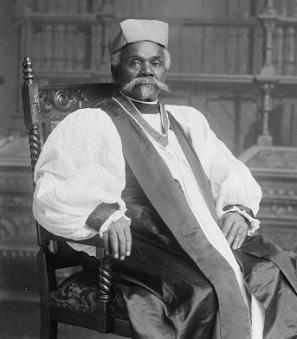DC's TB Problem
Tuberculosis was a problem everywhere in the 1930s, but the disease hit few places as hard as it hit Washington, D.C. In fact, according to a 1934 report by the District Medical Society, only Memphis, San Antonio and New Orleans had higher death rates among large cities in the United States.[1]
The stats were alarming, no doubt. They were also somewhat surprising, at least according to some. As the DMS report noted, since D.C. “is less congested and the economic situation is better than in any other city in this country, we should have one of the lowest death rates.” However, the rate in the nation’s capital was “higher even than that of Baltimore, where congestion and the economic situation are notoriously unfavorable.”[1] (Sorry, Baltimore, apparently you were the measuring stick for terrible public health in the 1930s.)
While it might have been true that many parts of Washington were not as congested as other cities, a large proportion of the population – primarily poor blacks – lived in overflowing alley settlements. Largely out of view and/or ignored by whites in power, these neighborhoods were the perfect petri dish for “the white plague,” as a Washington Post expose explained: “Tuberculosis is the curse of the alleys. There is not enough light and there is not enough air…. Disease starts in the alleys and it spreads. The Washington citizen who has never taken the trouble to inspect an alley, still may fall victim to the disease arising in the alleys.”[2]
At the time of the DMS report, the District had one dedicated TB hospital for adult patients at 13th and Upshur Streets, NW, and a recently-constructed city-owned facility for children at Glenn Dale in Prince Georges County, Maryland. With the Upshur St. hospital at capacity, District Commissioners began to push for an adult sanatorium to be built on the Glenn Dale campus next to the children’s facility.
It seemed like a reasonable plan. After all, the site had been studied and vetted by experts a few years earlier when the children’s hospital was built. However, the project depended on federal Public Works Administration money and the man holding the purse strings, Secretary of the Interior Harold Ickes, was not convinced. Ickes favored building the sanatorium at a higher elevation believing that mountain air would be beneficial to patients. So, much to the chagrin of D.C. health officials, the federal government appointed a special board of medical advisers to review other sites.
The Post lit into Ickes: “Some one might well remind Secretary Ickes that most of the world’s famous tuberculosis sanitariums are at sea level. This is true of the noted health resorts on the Riviera, in Florida and California. Physicians say that sunshine and a moderate climate are the important factors in treatment of this malady, with altitude a secondary consideration. High mountain atmosphere is doubtless stimulating in some cases but no such sites are available in the vicinity of Washington.”[3]
After several months, the advisory board agreed and construction on the Glenn Dale Hospital and Sanatorium began in 1935. But even as the bricks and mortar went up, the District’s TB problem was growing worse. The Upshur St. hospital was overcrowded and many infected persons (80% by some estimates!) did not even seek treatment due to the stigma the disease carried. These people continued to walk the streets and infect others.
A frustrated D.C. Health Department official called for legal help in 1936. “If you steal a loaf of bread, you are hustled off to jail. But there are no regulations to curb the tuberculous person who refuses treatment and goes around spreading his disease.”[4]
To make matters worse, there weren’t enough doctors to care for the patients who did come to the hospital. As a Board of Public Welfare review committee put it, “The most serious problem of the hospital in connection with its tuberculosis work is an inadequacy of personnel, principally trained resident physicians and laboratory help.”[5]
While not a cure-all to the District’s tuberculosis problem, the new facility at Glenn Dale provided some light at the end of the tunnel. When it (finally!) opened for business on September 16, 1937, 225 patients – both white and black – were transferred from the old hospital in D.C.. The airy environment provided patients with much more comfortable surroundings and advances in tuberculosis research allowed for better care. Treatments improved, especially after Albert Schatz's discovery of the highly effective streptomycin antibiotic in 1943. Old treatments of "rest and isolation" gave way to more active methods.
By the late 1950s, the District’s TB rates had dropped to their lowest levels in years and officials reached the conclusion that keeping Glenn Dale as a dedicated TB hospital was a waste of resources. As a result the facility began to admit patients with other chronic illnesses or conditions. The hospital continued as such until 1982 when it was shut down for good.
Glenn Dale still stands today, but has fallen into disrepair. It's current dilapidated state has given rise to all sorts of urban legends about what supposedly happened on the grounds. For more on these legends and a great slideshow of images, check out the Abandoned D.C. article on DCist.
Footnotes
- a, b “Tuberculosis Death Rate High in D.C.,” The Washington Post, 18 Mar 1934: 13.
- ^ Bruner, Felix, “Network of Alley Dwellings Contrasts With Edifices, Breeds Crime,” The Washington Post, 7 Jan 1934: 1.
- ^ “The Tuberculosis Hospital,” The Washington Post, 19 Jul 1934: 8.
- ^ Gross, Gerald G., “Plea for Tuberculosis Laws Heard at Hospital Dedication,” The Washington Post, 19 Apr 1936: M1.
- ^ “Plans Studied for Treatment of Tuberculosis,” The Washington Post, 29 Nov 1936: M16.


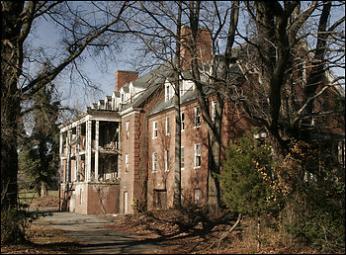
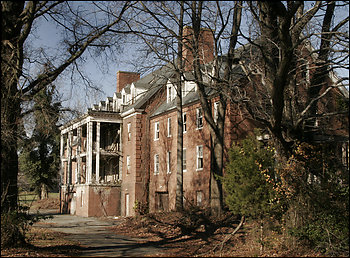
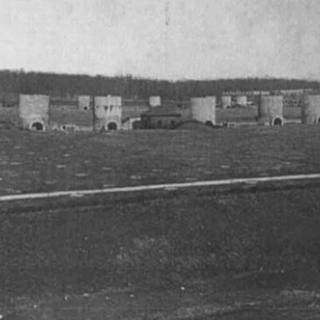
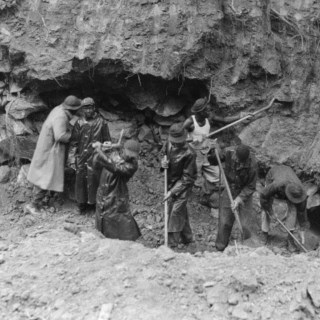
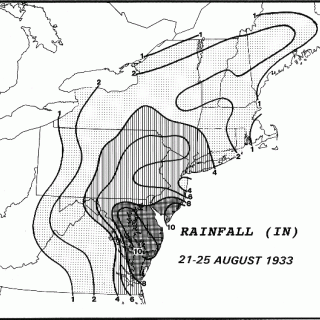
![Sketch of the mythical fuan by Pearson Scott Foresman. [Source: Wikipedia]](/sites/default/files/styles/crop_320x320/public/2023-10/Goatman_Wikipedia_Faun_2_%28PSF%29.png?h=64a074ff&itok=C9Qh-PE1)











